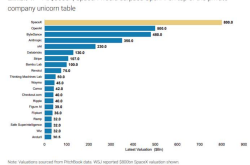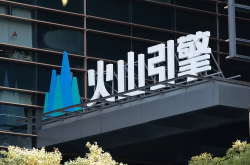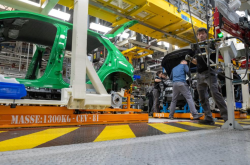"Why Should Your Next Computer Be a Computer?" Huawei Takes a Half-Step Ahead of Apple
![]() 07/28 2025
07/28 2025
![]() 530
530
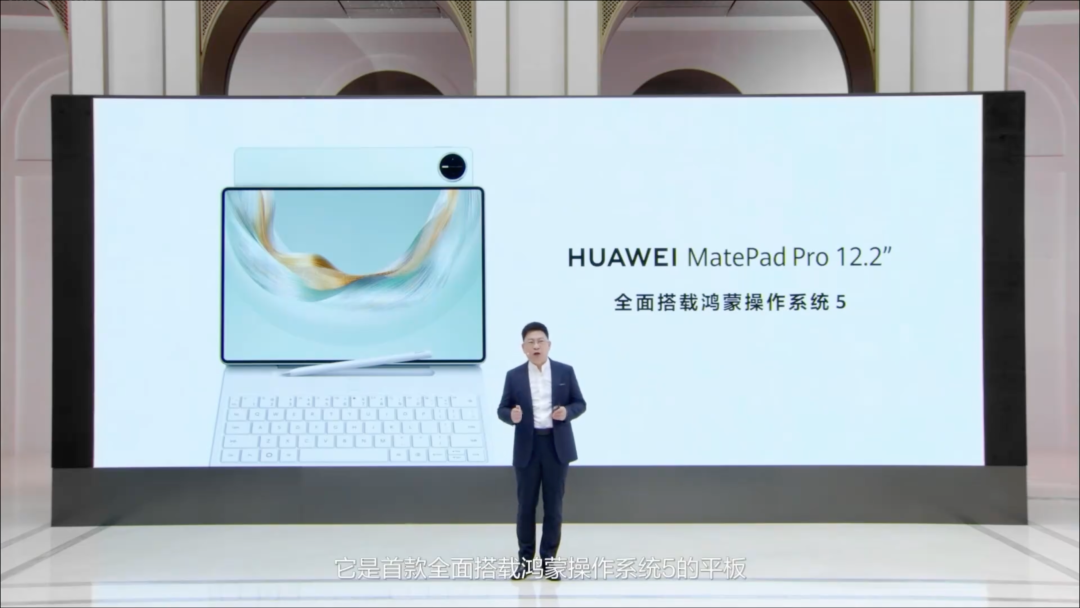
Image Source: Live Broadcast Screenshot
Yu Chengdong dedicated an entire launch event solely to the tablet.
This is quite unusual. On July 24, the new HUAWEI MatePad Pro 12.2-inch model was unveiled. Yu Chengdong proudly announced that this model is the first tablet to be fully equipped with HarmonyOS 5.
Being the "first" carries significant weight, endowing it with the dual roles of an explorer and a versatile warrior, as the native Hongmeng ecosystem is not yet fully mature. Huawei needs this tablet to broaden the horizons of its ecosystem, while simultaneously showcasing enough appeal (selling points) to attract consumers.
A Tablet-Centric Launch Event
Being fully equipped with the native Hongmeng operating system, rather than merely pre-installed, is undoubtedly the central highlight of this new tablet.
To better align with the native Hongmeng system, the MatePad Pro 12.2-inch model has undergone targeted adjustments or upgrades in terms of the software ecosystem, interaction methods, Xiao Yi AI functions, and more. It also features a dual-layer OLED Cloud Clear Soft Light screen and is compatible with the new Huawei M-Pencil Pro stylus, catering to scenarios such as mobile office, entertainment, learning, and professional creation.
From the perspective of the software ecosystem, the MatePad Pro 12.2-inch model has introduced multiple Hongmeng computer applications, all of which replicate the interface layout and core functions of a computer desktop and support cross-device collaboration.
For instance, the proprietary Huawei Notes App has integrated several AI functions: real-time AI handwriting adjustment, which automatically enhances handwriting during writing based on settings; and the AI note summary function, which extracts the key points of note content.
The Born to Draw App has also been synchronizedly upgraded, incorporating features such as 3D oil painting brushes, animation, and hand-pen collaboration, along with the launch of a user community.
Third-party software, including WPS Office, Jianying Professional Edition, Wondershare EdrawMax, and Zhongwang CAD, among other Hongmeng computer applications, can all be utilized on the tablet with full functionality.
For example, Jianying Professional Edition is launched on tablets for the first time, supporting basic operations like full-track editing and multiple professional functions such as curve speed changes; WPS Office mirrors the interface layout and document editing capabilities of the desktop version and also supports AI-generated PPTs, AI typesetting, AI formula writing, and other AI capabilities. The former can serve as a substitute for the Adobe suite, while the latter is also a valid alternative to Microsoft Office's trio.
In terms of interaction, the MatePad Pro 12.2-inch model's Free Multi-Window and Panorama Multi-Window functions allow for the foreground display and seamless switching of up to four applications. When paired with Hongmeng computers and smartphones, it enables keyboard and mouse sharing and hand-eye synchronization.
Regarding AI capabilities, the native Hongmeng's Xiao Yi features are highly potent, supporting not only intelligent split-screen functions but also automatically recognizing local documents and generating summaries with a single click. The screen recognition and dialogue function allows for direct questioning of screen content and can also be used in conjunction with the stylus to circle content for instant question-and-answer.
According to information released by Huawei, compared to tablets without HarmonyOS, the overall performance of the new MatePad Pro 12.2-inch model has increased by 30%, operation smoothness has improved by 20%, and split-screen/floating multi-window functionality has enhanced by 53%.
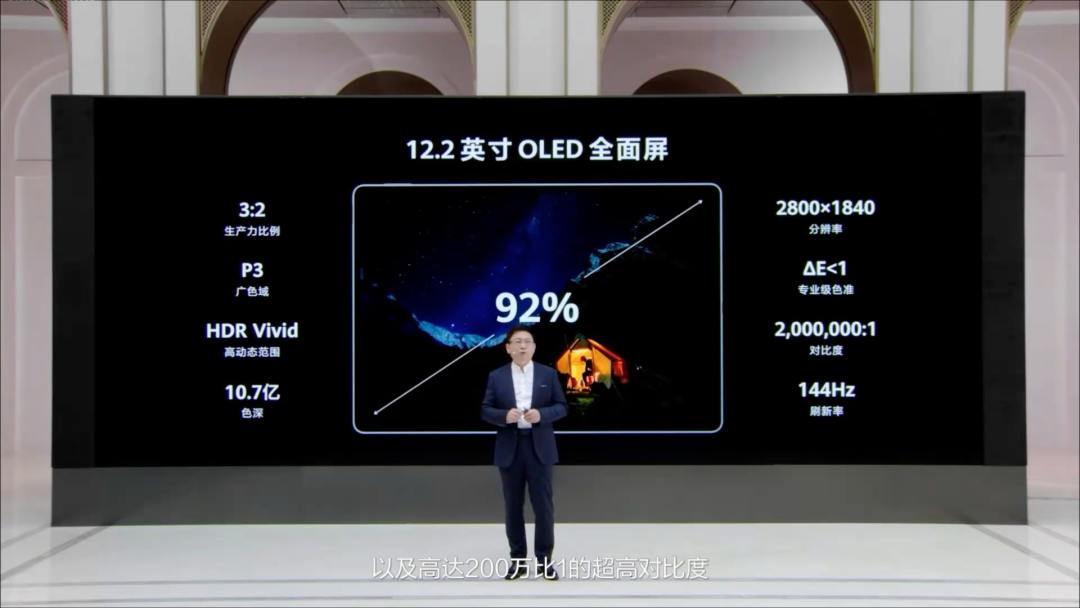
Image Source: Live Broadcast Screenshot
I noticed that, unlike previous Huawei "all-scenario launch events" and other activities, where tablets mostly appeared as supporting players for products like smartphones and cars, at the recently concluded Huawei Pura 80 series and all-scenario new product launch event, the MatePad Pro 13.2-inch model in the Flying Dragon Green color scheme was unveiled only after the grand debut of the Pura 80 series. This time, the MatePad Pro 12.2-inch model is the undisputed protagonist, with the entire launch event revolving around this flagship tablet.
It underscores how crucial this tablet is within Huawei's terminal BG hardware system. According to Yu Chengdong, among Huawei's seven major hardware products equipped with the Hongmeng operating system, tablets rank second in importance only to smartphones. Other hardware includes computers, earphones, wearables, smart screens, and cockpits.
Taking a Half-Step Ahead of Apple?
The reason why Huawei accords such significance to its tablet product line can be summarized as follows:
Firstly, for native Hongmeng to "divide the world into three parts," tablets serve as the second fulcrum alongside smartphones, presenting new imaginative spaces.
On one hand, to achieve Yu Chengdong's vision of "one-third of the world" for the Hongmeng operating system, Huawei's terminal business vigorously promotes system updates for new smartphones, tablets, wearables, and other products according to the native Hongmeng upgrade timeline, gradually completing native Hongmeng upgrades for older products.
Yu Chengdong has urged Huawei employees to use native Hongmeng more frequently, stating, "We must make a concerted effort to break through the critical point and challenge the number of native Hongmeng users to reach the hundreds of millions. We call on all employees to take the lead in using native Hongmeng, 'jumping out of their own parachutes first,' discovering and solving problems, and becoming pioneers in building Hongmeng."
In other words, the maturity of the native Hongmeng system necessitates not only time for adjustment but also investment from Huawei itself, along with partners and users, to continuously experiment, make mistakes, and iterate.
As of now, it has been only four months since the official release of native Hongmeng, and there are already over 40 devices equipped with HarmonyOS 5 (Hongmeng 5), with over 260 additional system functions. Developers have submitted over 280,000 versions, and there are over 30,000 Hongmeng applications and meta-services.
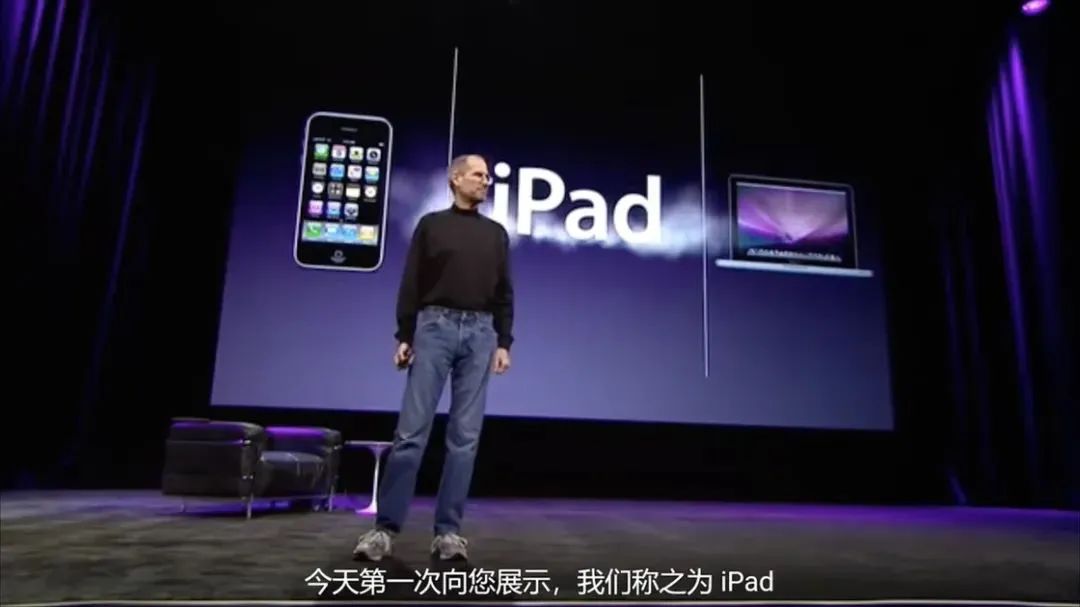
Image Source: Steve Jobs unveiling the first-generation iPad
On the other hand, over the past decade since the launch of the first-generation iPad, tablets have gradually evolved from "intermediate devices between smartphones and computers" to "integrated devices for creation and office work." Currently, most mainstream tablet brands focus on upgrading their office and AI capabilities as their primary directions. In specific scenarios, tablets have approached or even surpassed computers in productivity.
For example, in AIGC and AR content creation, they outperform computers. The iPad Pro equipped with the M-series chip supports 8K video editing and 3D modeling, with performance nearing that of thin and light laptops. Through the integration of professional software like Final Cut Pro and Procreate, which emphasize touch screens and handwriting, it realizes mobile devices capable of handling desktop-level tasks. Third-party software vendors such as Adobe have begun to optimize applications specifically for the iPad.
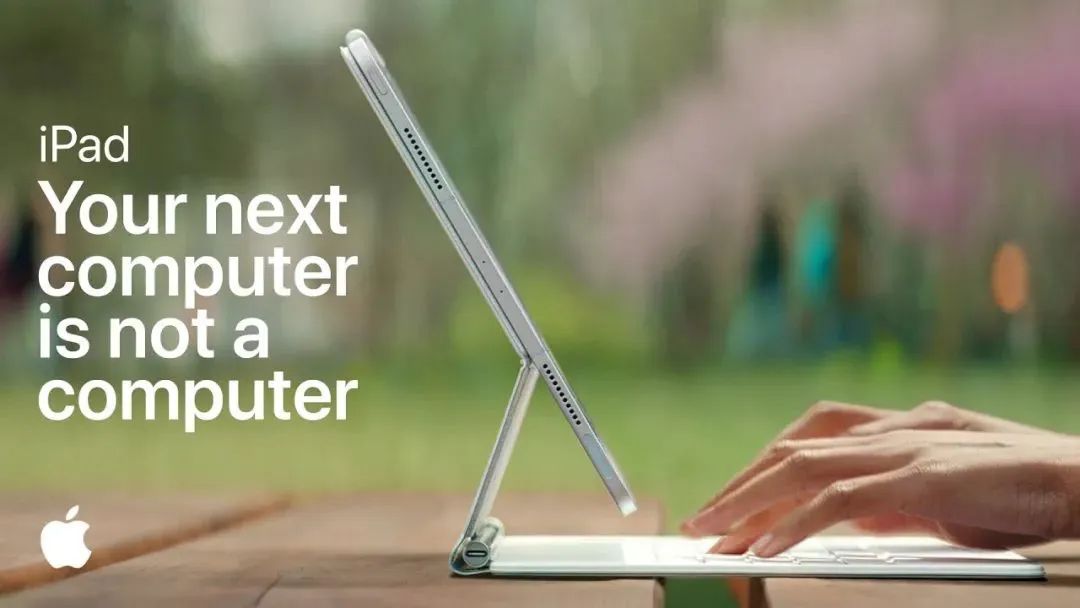
Image Source: iPad Pro promotional video
However, including Apple's iPad Pro, which uses the slogan "Why should your next computer be a computer," and Android tablets, there are still issues of ecological fragmentation in terms of cross-platform collaboration, file management, and professional software compatibility, with an experience lagging behind desktop systems.
In comparison, although native Hongmeng still has a considerable gap with Android and Apple in terms of system ecology, as the world's first operating system that connects hardware, scenarios, and ecology, its five native advantages and experiences, to a certain extent, achieve "trading experience for time," solving the problem of ecological fragmentation of iPads and Android tablets, making MatePad have differentiated advantages and become an important fulcrum for expanding the Hongmeng ecology.
Simply put, for native Hongmeng to achieve "dividing the world into three parts," it requires a sufficient number of hardware devices, developers, and applications to enrich the system ecology. Based on this, the MatePad Pro series targets productivity and creativity, aiming to break through the boundaries of tablet usage, which is of great significance to the expansion of the Hongmeng ecology.
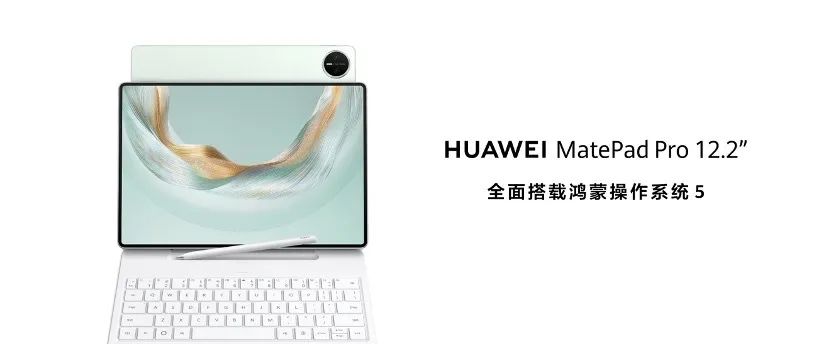
Secondly, MatePad Pro is a crucial support for Huawei's high-end strategy, competing with Apple and creating a price differential with other competitors. Compared to the iPad, Huawei MatePad has one additional product series, namely MatePad SE, MatePad, MatePad Air, and MatePad Pro.
Among them, MatePad Pro is a high-end product line that rivals iPad Pro. The starting price of the newly released HUAWEI MatePad Pro 12.2-inch model is 3,999 yuan, with a maximum price of 5,099 yuan.
If paired with the stylus and Xingyue keyboard, the official website package offer starts at 5,017 yuan, close to the price of the MatePad Pro 13.2-inch model in Flying Dragon Green, which is equipped with pre-installed HarmonyOS 5 and sells for 5,499 yuan after government subsidies. However, compared to the iPad Pro 11-inch model equipped with the M4 chip and using an OLED screen for the first time, which has a minimum price of 7,399 yuan after government subsidies, there is still a certain price advantage.
Like its mobile phone business, Huawei is also the only domestic player that can compete with Apple in the mid-to-high-end tablet market above 3,000 yuan. Moreover, whether it's 13.2 inches or 12.2 inches, simply from the perspective of tablet size, just as the 7.9-inch iPad mini defines small-sized tablets, they both possess distinct Huawei characteristics.
This strategy also leaves ample room for survival for other domestic tablet manufacturers.
Fortunately, in recent years, other domestic manufacturers have continuously explored the mid-to-high-end tablet market by enhancing hardware configurations such as screens and chips, improving AI capabilities, and transforming the software ecosystem towards productivity. For example, Xiaomi, which comprehensively benchmarks Apple, also benchmarks the iPad with its tablets, and its upcoming Redmi flagship small tablet directly benchmarks the iPad mini.
The outside world can also discern from the upgrades of the new MatePad Pro 12.2-inch model that Huawei has a new perspective on tablet products, namely, continuously delving into productivity and creativity tools for specific scenarios, maximizing the potential of the native Hongmeng system capabilities and hardware configuration, enriching Hongmeng ecological products while redefining the boundaries of mobile office and creation.
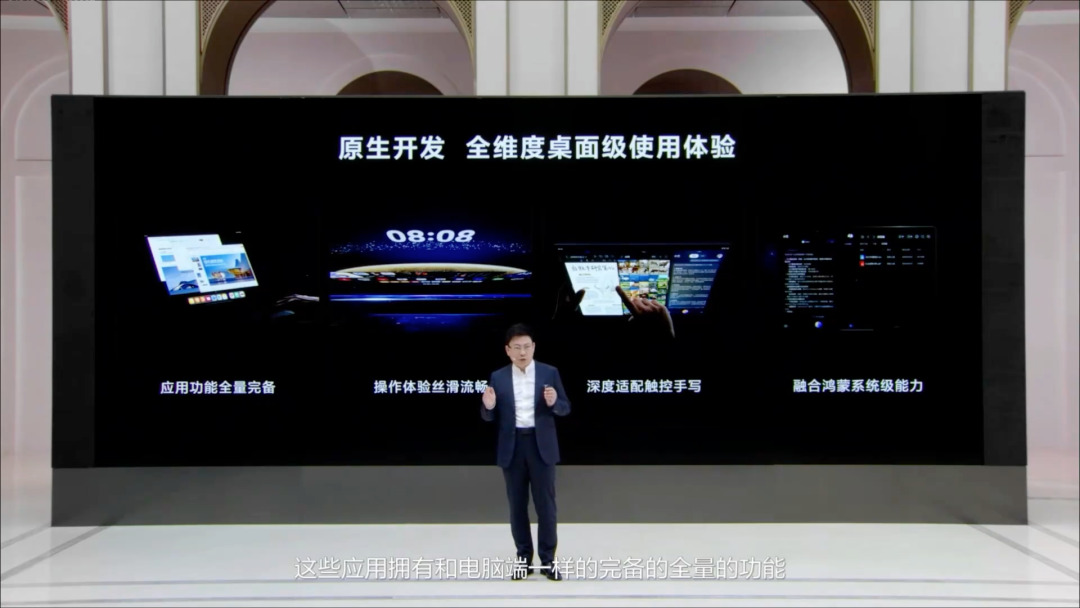
Image Source: Live Broadcast Screenshot
While Apple is incrementally improving the iPad series and its AI is taking detours, Huawei has made its mark in hardware lightweighting, anti-reflective screen technology, and cross-device collaboration, especially in AI capabilities, taking a half-step ahead of Apple.
Of course, both Apple's iPad and Huawei's MatePad have much to learn and many unknown paths to explore. But when discussing "Why should your next computer be a computer?", besides Apple, Huawei can also emerge as a new choice for consumers.

